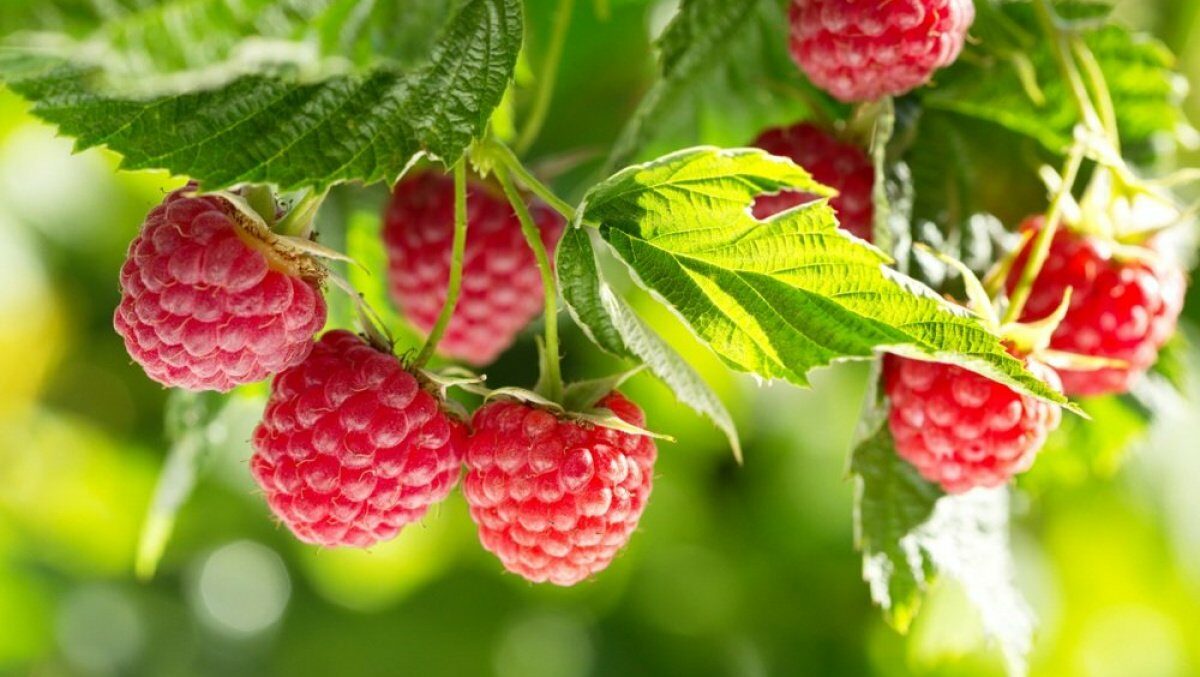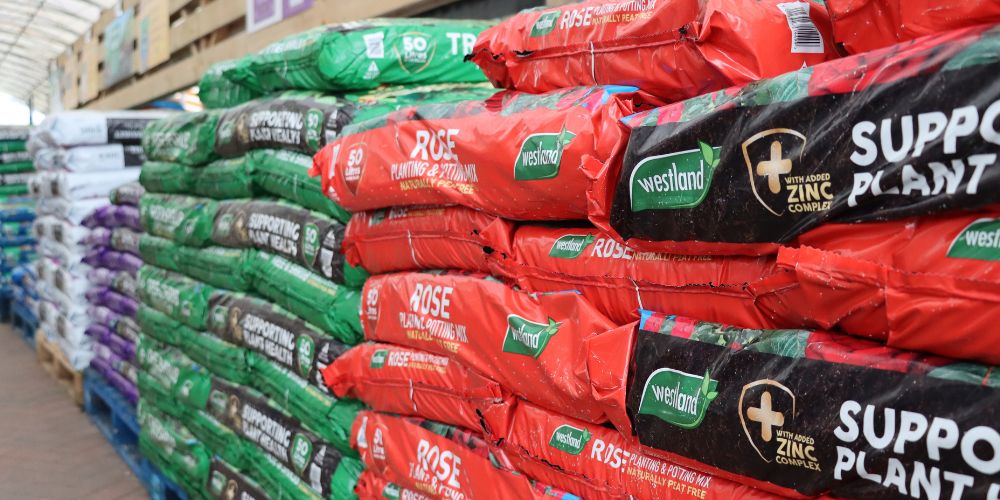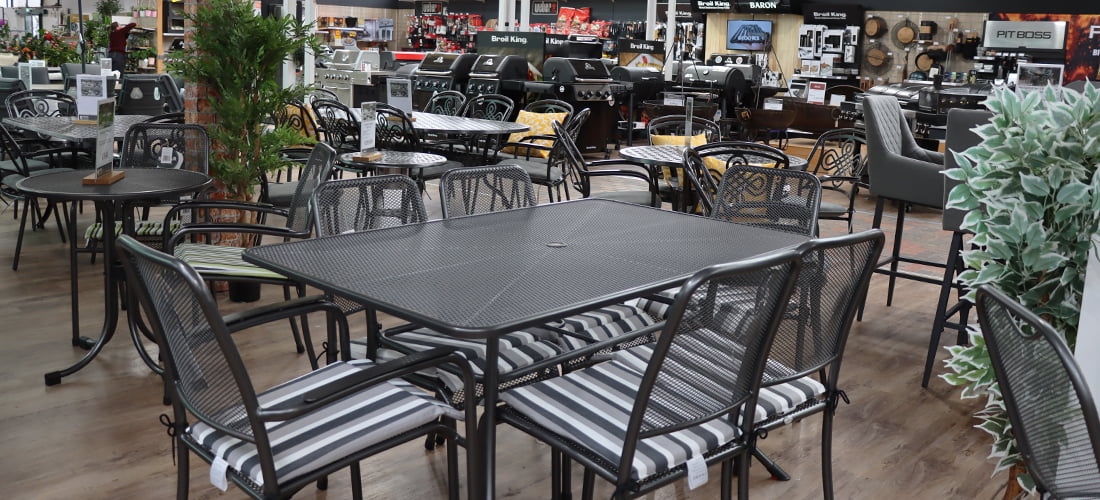SOFT & CANE FRUIT
The most common soft fruits are blackberries, blackcurrants, red and white currants, gooseberries, loganberries, raspberries and strawberries. Usually expensive in the shops, soft fruits are ideal crops for even small gardens, and any surplus can easily be frozen.
As well as the well known varieties, we often stock more unusual soft fruit, such as tayberries (a cross between blackberries and raspberries), boysenberries (hybrids of loganberries, blackberries and raspberries), and Worcesterberries, a type of currant with small dark purple berries resembling gooseberries.
POSITION & PREPERATION
Avoid planting the same type of soft fruit where it has grown before. Preferably choose a sunny site, but most soft fruit can cope with light shade in the morning if necessary. Avoid frost pockets and exposed sites. Container-grown soft fruit bushes and strawberry plants can be planted at any time of year. Bare root bushes should be planted from late October to early March.
Prepare the ground well by digging in well rotted manure or compost. Dig a hole wide enough to spread out the roots of the plant and follow planting depths for the different fruit bushes.
PLANTING
Blackberries and loganberries: Plant 6 feet apart, in rows about 5 feet apart. Plant to the depth of the old soil mark on the stem. Cut back the stem to a bud about 8 inches above soil level.
Blackcurrants: Plant 5 feet apart and in rows 6 feet apart. Blackcurrants need to be planted deeper than blackberries, with the old soil mark at least 2 inches below the surface. Cut back canes to a bud about 2 inches above soil level.
Gooseberries, red & white currants: Also need room to spread and for you to manoeuvre between them. Plant 5 feet apart in rows 6 feet apart. The old soil mark should be level with surface soil. Prune hard any branches lower than 6 inches above the soil. Cut back the remaining branches by half unless this has already been done when you buy them. Cut to a bud which points upwards.
Raspberries: Plant canes 18 inches apart in rows about 5 feet apart. Plant to depth of old soil mark on cane and cut back to a bud about 8 inches above soil level.
Strawberries: Plant 18 inches apart in rows 2-3 feet apart, or in special strawberry pots or hanging baskets (these are both good ways to deter slugs).
Water all soft fruit in well.
CARE & SUPPORT
All soft fruit needs watering regularly. Keep weeds away by hoeing. Apply fertiliser and mulch in spring. If necessary, tie string loosely round bush type plants when young. Cane fruits need to be trained against wires attached horizontally to posts. Tie each cane to the wires with twine.
Gooseberries and currants need to be protected with netting against birds in the winter.
Strawberries should be mulched with straw or special strawberry matting when the fruit begins to swell. Avoid the fruits when watering.
PRUNING
Blackberries and loganberries: Cut back side shoots to the second bud away from the main stem in autumn.
Blackcurrants: Leave for two years after planting, then each winter cut out any weak branches or dead wood, leaving about two thirds of the fruited branches so that the whole bush regrows every 3-4 years.
Gooseberries, red & white currants: In winter create an open centred bush by cutting out any dead wood or branches crossing the centre. Cut back the current year’s growth by one third.
Raspberries: If planted in autumn, cut down the old cane almost to ground level when the new growth appears round the base in spring. Once established, cut down fruited canes of summer fruiting raspberries after picking the crop. Leave unfruited canes for the next year’s crop. All the canes on autumn fruiting varieties should be cut down to the ground in February.
Strawberries: After the crop of summer fruiting varieties has finished, cut off the leaves 3 inches above the crown and clear up any unwanted runners. Just remove the old leaves of perpetual varieties.
REASONS FOR POOR FRUIT PRODUCTION
Some soft fruits may take a few years to establish, so be patient. Proper pruning will ensure that more fruit and less leaves develop. Use netting to stop birds eating the fruit. Too much shade, poor soil, cold winds or waterlogging will all affect fruit production. Don’t forget to feed your soft fruit – a shortage of potash may result in a poor crop. Finally, it may just be old age. You can expect strawberry plants to last for about three years, raspberries and gooseberries average ten years.
COMMON PESTS & DISEASES
Raspberry beetles can damage blossoms or fruit. Spray with Bug Clear, Bayer Greenfly Killer or Resolva Bug Killer.
Gooseberry sawfly may defoliate a whole bush. Pick off by hand, or spray with Resolva Bug Killer or Provado Ultimate Fruit & Veg Bug Killer. Avoid spraying blossoming plants so pollinators are not put at risk.
Leaf spot is worse in a wet season. Pick off diseased leaves and burn them or dispose in household waste. Do not put in compost bins. Try to prune out any diseased parts in winter. Feed plants well to encourage regrowth.
Grey mould is a fluffy mould which may appear on fruits and leaves in a wet summer. Remove diseased parts promptly. Prevent mould forming by ensuring good air circulation and that plants have adequate drainage. Water in the morning, and avoid top-watering.
Cane spot appears as white pits surrounded by purple on the canes. Remove affected parts and burn or dispose of within household waste.
There are currently no fungicides available in the UK for use on fruit trees.
GROWING GRAPES IN THE GARDEN
Growing grapes in your garden is as easy as growing any other type of soft fruit. Grapes are hardy plants that can be grown outside in southern England and Wales. As long as you have a south-facing garden in a relatively warm spot you should have no problems growing grapes outside. Alternatively, you can grow them inside a greenhouse.
For cultivating outdoors, it is best to choose a variety suited for the outdoors. These include:
- Meuller-Thurgau: a mid-season maturing sweet white grape, suitable for desserts and wine making.
- Siegerrebe: an acid-loving early fruiting variety with gold-green grapes, ideal for making wine.
- Black Hamburgh: a well-known variety that bears large, blue-black grapes.
- Thompson’s Seedless: produces green dessert grapes. Can be successfully grown in a cold greenhouse.
Planting a grapevine outdoors
Planting a grapevine indoors
Growing grapes in containers
COMMON PESTS & DISEASES
A common pest of grapes grown in greenhouses is red spider mite. The mites thrive in hot, dry conditions and can devastate a plant if allowed to spread. Maintaining good hygiene will reduce the problem. Misting the plant will increase the humidity. This creates adverse conditions for the pest, although humidity can also hamper the quality of the berries.
Mildew is often a problem encountered when growing grapes. This can be reduced by minimising water on the leaves and increasing ventilation in closed spaces.








